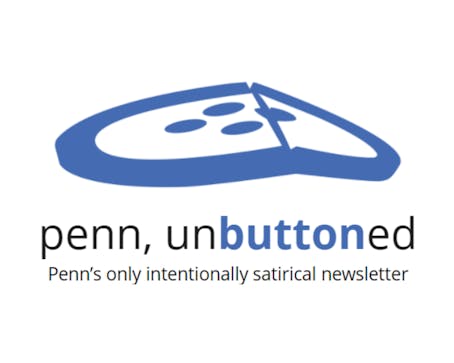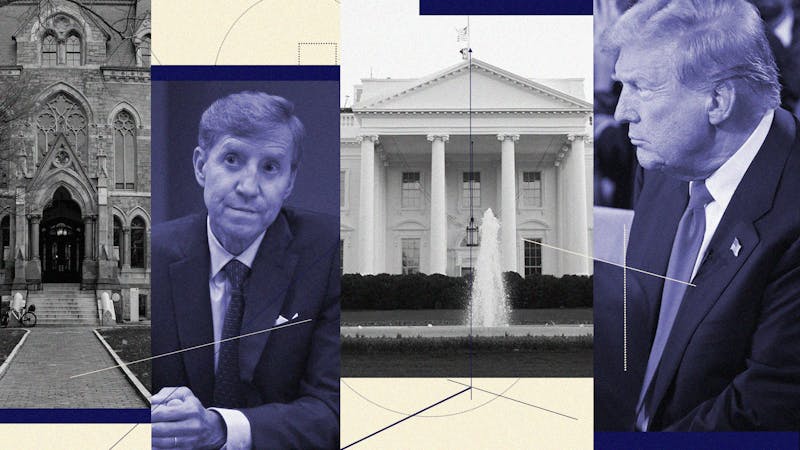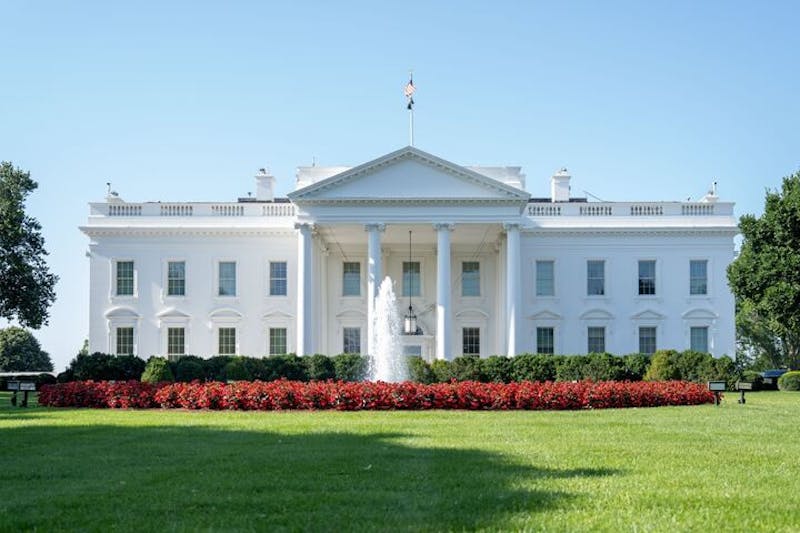It's been a rocky road for Penn's endowment.
With the economy taking a turn for the worse, the success that the University's endowment experienced during Fiscal Year 2001 may be a thing of the past.
And FY 2002 could prove to be the latest setback for an endowment that missed out on the success of the 2000 economic boom but rebounded against the current during last year's bear market.
Early reports show that Penn's endowment fell 6 percent during the first quarter of the new fiscal year. Although the figure was still 2 percent ahead of its benchmark, it puts the University right back where it was before last year's recovery.
"The third calendar quarter was terrible, and it was terrible for everybody," Chief Investment Officer Landis Zimmerman said. "We're starting to earn back some of the losses, but we have a ways to go."
Although the latest market troubles have affected universities across the country, the weak economy may prove more harmful to Penn's endowment than to its peers'.
It has been a disappointing five year period for the University, which failed to capitalize on the technology boom and has fought to keep up through its public-oriented, value-based portfolio.
Some administrators confess that Penn did not get on the venture capital bandwagon in time -- a move that may have cost the University hundreds of millions of dollars.
"The managers we selected didn't like that sector," Vice President for Finance and Treasurer Craig Carnaroli said. "We're not better off today having not done it. We kind of missed it, so why would we chase after it now?"
Although the dot-com and venture capital boom came crashing back down to earth during FY 2001, the gains that many schools experienced have made their latest losses insignificant.
During the 1980s, Penn's endowment consistently outperformed its peers by an average of 4.5 percent per year. This led to an extreme bias towards value stocks, or stocks purchased simply because of their low price and not the company's potential for growth, and resulted in virtually no effort to diversify the portfolio.
By the mid 1990s, Penn was feeling the effects of an overly dependent endowment. While investors watched the private equity market steadily grow, the value stocks that had become the bread and butter of Penn's finances could not keep pace.
In the 1999 and 2000 fiscal years, numerous schools had double-digit positive returns on their endowments. Harvard saw its endowment grow by about $6 billion over a two-year span, while Yale's endowment grew more than 40 percent in FY 2000.
Meanwhile, Penn's investors were struggling to balance the University's more traditional portfolio with the rise in private sector investments. When the venture capital market peaked in FY 2000, the endowment was not in position to reap the immediate benefits.
"I think the pattern that you're seeing reflects a value orientation and is in some sense strategic," Zimmerman said. "On the public market side, I think that our strategy is the right one. Maybe we regret not having participated in a red-hot venture capital market."
In a memo circulated to the University Board of Trustees last year, Chairman of the Investment Board Howard Marks admitted that the University regretted not having invested in venture capital or growth stocks before they caught fire. However, he cautioned against rushing out to invest in those areas because they would eventually return to normal levels of success.
"You can't have it both ways -- potential for a big score (which comes from concentration) and protection from being way off base (which comes from diversification)," the memo read.
Although the University was fairly successful throughout the 1990s with value stocks, the decade ended with Penn watching other schools' endowments skyrocket.
"Do I personally wish that Penn's endowment had, in the early '90s, been more diversified and had entered the private equity market? I do," University President Judith Rodin said. "But I'm not an investment expert."
Rodin maintains that the long-term returns on Penn's endowment are very competitive with those of its peer institutions. The endowment has performed comparatively well over the last ten years, ranking in the top quartile in its category.
And other administrators say that the endowment is not managed by quarter or even by fiscal year, but rather from a long-term standpoint.
"We're smoothing the effects of market vagaries," Carnaroli said. "We're trying to achieve a long-term rate of return so that the University can grow."
As for the current economic situation, Penn has moved quickly to invest a small portion of the endowment in treasury bonds. The goal is to help stem the bleeding from the first quarter while making more aggressive moves to help the endowment bounce back.
But despite the recent setback, Carnaroli believes that Penn is still in better shape than some of its peer schools.
"I don't think there's going to be any endowment that's going to be up for the first quarter," he said. "Everybody got socked."
The Daily Pennsylvanian is an independent, student-run newspaper. Please consider making a donation to support the coverage that shapes the University. Your generosity ensures a future of strong journalism at Penn.
DonatePlease note All comments are eligible for publication in The Daily Pennsylvanian.







